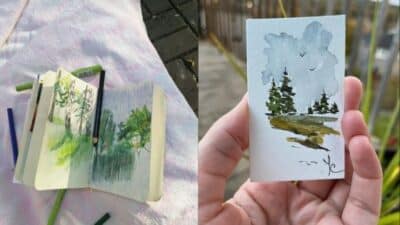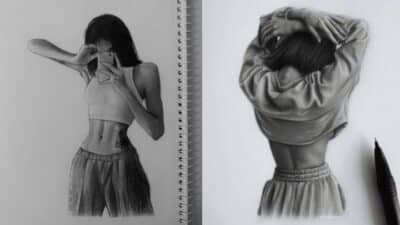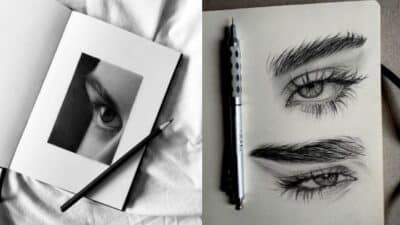Exploring pastel drawing can open a new world of color, texture, and creativity in your art journey. You’ll discover eight engaging pastel drawing themes that offer fresh inspiration and practical ideas to expand your portfolio. Whether you’re just starting out or seeking to refine your skills, these themes are designed to be accessible and rewarding.
As you experiment with different subjects, you’ll quickly see how versatile and inviting pastels can be. Each theme is paired with essential tips so you can make the most of your materials and techniques, helping you create standout pastel artworks.
Key Takeaways
- Learn how to approach pastel drawing themes with confidence
- Discover key tips for using pastel materials and tools
- Unlock inspiration for your creative projects with eight unique themes
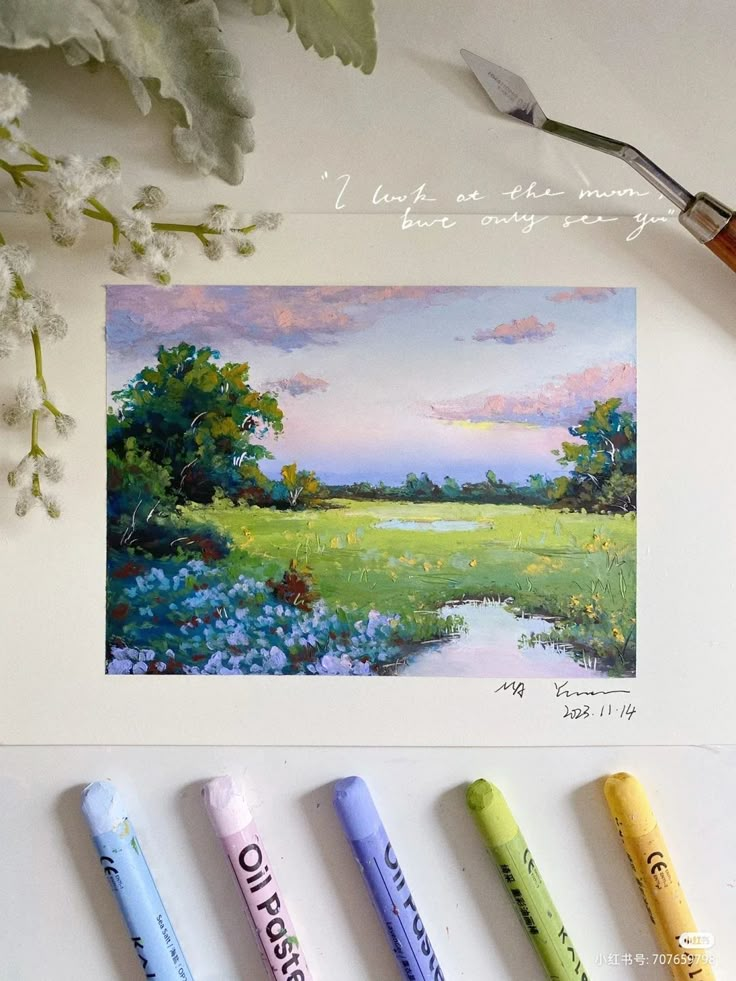
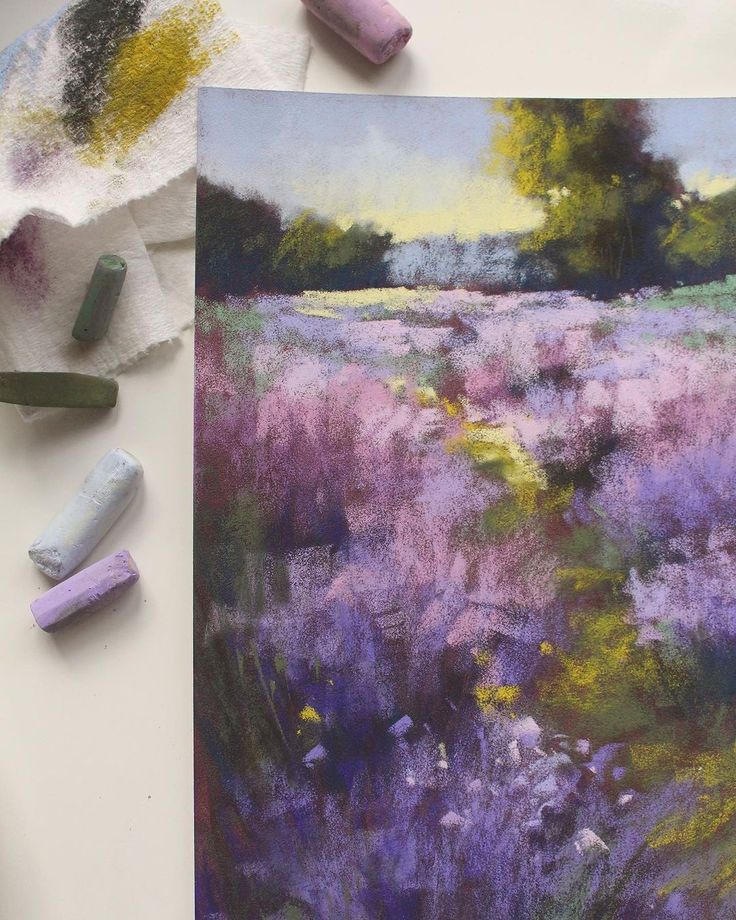
Understanding Pastel Drawing Themes
Pastel drawing themes shape both the process and outcome of your work. Choosing the right focus helps you organize your ideas, pick suitable color palettes, and fully use the expressive qualities of soft and oil pastels.
Defining Pastel Drawing Themes
A theme in pastel art is the guiding subject or concept that unifies a drawing. This can range from landscapes, portraits, still life, and abstracts, to more specific topics like cityscapes or botanical studies.
Selecting a theme provides direction and consistency to your body of work.
Common pastel drawing themes include:
- Nature and Landscapes: Highlighting texture and light with soft pastels.
- Portraits: Capturing skin tones and subtle shifts in color.
- Animals: Showcasing fur, feathers, and movement.
- Urban Scenes: Depicting architecture and atmospheric effects.
Defining your theme early allows you to plan composition and technique, maximizing the strengths of your materials.
Importance of Theme Selection
Theme selection is critical as it sets the mood and intention behind your artwork.
A clear theme helps you focus on relevant details, ensuring cohesive results and reducing unnecessary revisions.
For beginners, working within a specific theme—like floral arrangements or still life—can help you practice techniques like layering, blending, and color selection with soft or oil pastels.
Experienced artists benefit from complex themes, such as narrative scenes or emotional explorations, pushing creative boundaries and offering new technical challenges.
A well-chosen theme also makes it easier to showcase a clear artistic voice in exhibitions, portfolios, or social media.
Incorporating Color Palettes
Color palettes in pastel drawing are closely tied to your chosen theme.
For landscapes, natural greens, sky blues, and earth tones dominate, while portrait work relies on subtle mixes for realistic skin tones and shadows.
With soft pastels, you can layer and blend for delicate gradients. Oil pastels provide bold, distinct hues suitable for expressive styles.
Use a limited palette to create harmony or introduce contrast by pairing complementary colors, depending on your subject.
Testing swatches before starting helps ensure color choices match your intended mood and fit your theme.
Consider preparing color charts for quick reference during the drawing process, improving consistency across different pieces.
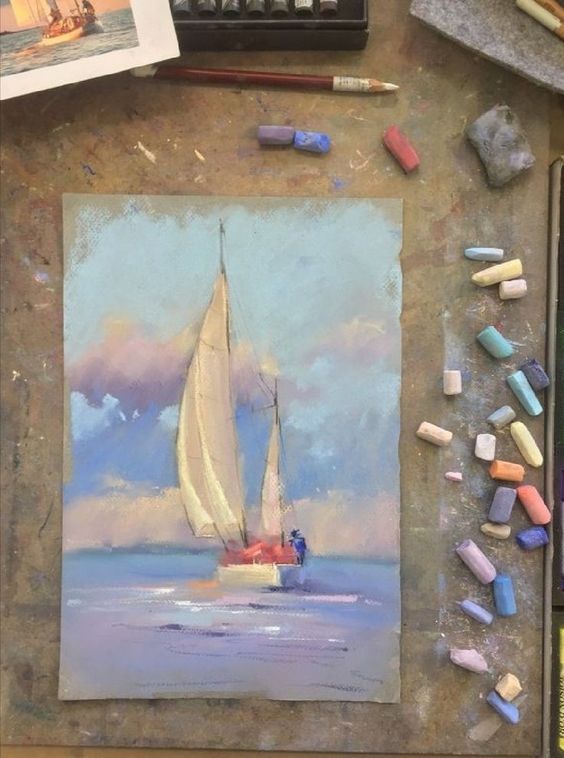
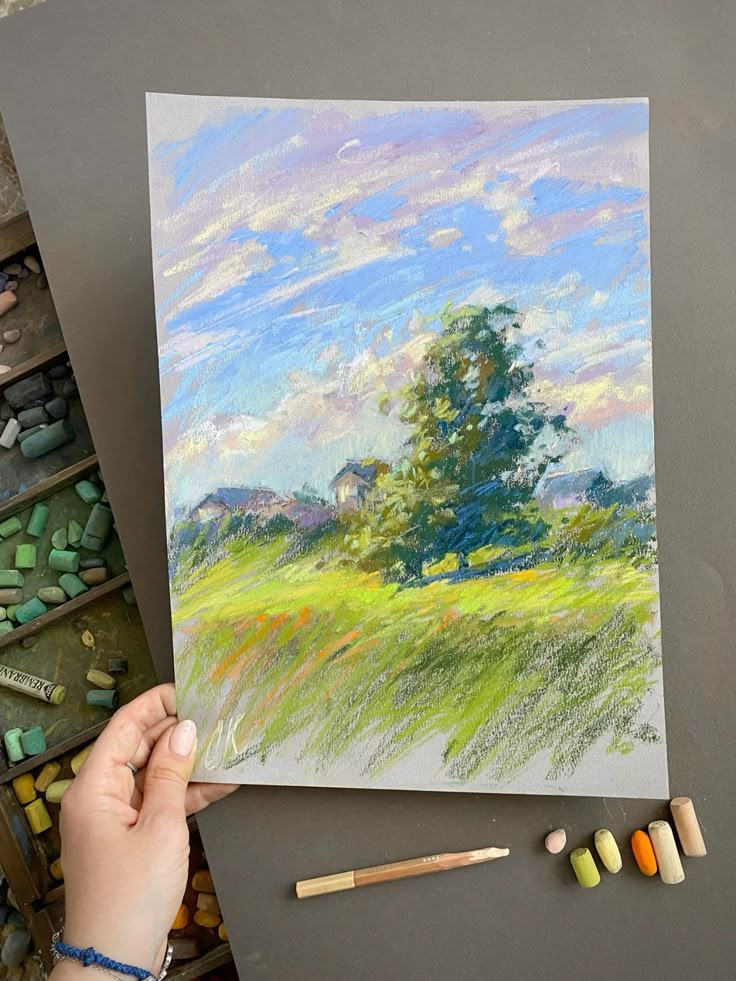
Essential Materials and Tools for Pastel Art
For successful pastel artwork, it’s important to have the right materials. Carefully chosen pastels, papers, pencils, and supporting tools will help maximize the quality and longevity of your drawings.
Types of Pastels and Their Uses
Selecting the appropriate type of pastel is essential for both performance and style. The main types are:
| Type | Texture | Best For | Example Brands |
|---|---|---|---|
| Soft Pastels | Powdery | Blending, painterly effects | Rembrandt, Sennelier |
| Oil Pastels | Waxy, dense | Bold color, layering, texture | Sakura, Holbein |
| Pastel Pencils | Hard, fine | Detail, line work | Stabilo Carbothello |
| Hard Pastels | Firm, chalky | Under-drawing, sketching | Faber-Castell, Prismacolor |
Soft pastels allow for easy blending and layering, making them suitable for expressive work. Rembrandt soft pastels are a reliable choice for consistent color and quality. Oil pastels give a different, more painterly effect and are smudge-resistant. Hard pastels and pastel pencils are useful for sketching and detailed outlines.
Choosing the Right Pastel Paper
Pastel paper is designed to hold pigment and support layering. The surface texture—known as tooth—affects how much pastel the paper can hold. A deep tooth like Canson Mi-Teintes Touch is suited for multiple layers and bold effects.
Heavier papers (at least 160 gsm) prevent warping and allow for complex techniques such as blending and erasing. Choose colored papers to influence the mood of your drawing; a neutral or mid-tone paper usually works well for beginners. Always test a small area with your chosen pastels, as some papers interact differently with soft and oil varieties.
Selecting Pastel Pencils
Pastel pencils combine the control of a pencil with the pigment of soft pastels. They’re especially valuable for adding sharp details or subtle shading. Pencils like the Stabilo Carbothello line are favored for their wide color range and consistent performance.
You should keep a sharpener designed for pastel pencils, as regular sharpeners may cause breakage. Use them alongside sticks for intricate areas like facial features or fine textures. Pastel pencils also help when you need to draw initial guidelines before moving on to softer sticks.
Fixatives and Other Essentials
A workable fixative is crucial to prevent smudging and protect finished artwork. Apply thin, even layers between pastel applications to build up without losing vibrancy. Look for dedicated pastel fixatives, as some sprays may darken or alter colors.
Other useful tools include blending stumps (tortillons), art sponges, and kneaded erasers to manipulate pigment and create smooth gradients. Storage solutions like pastel boxes keep supplies clean and organized. For health, a simple dust mask can help if you’re working with soft pastels and sanding the paper.
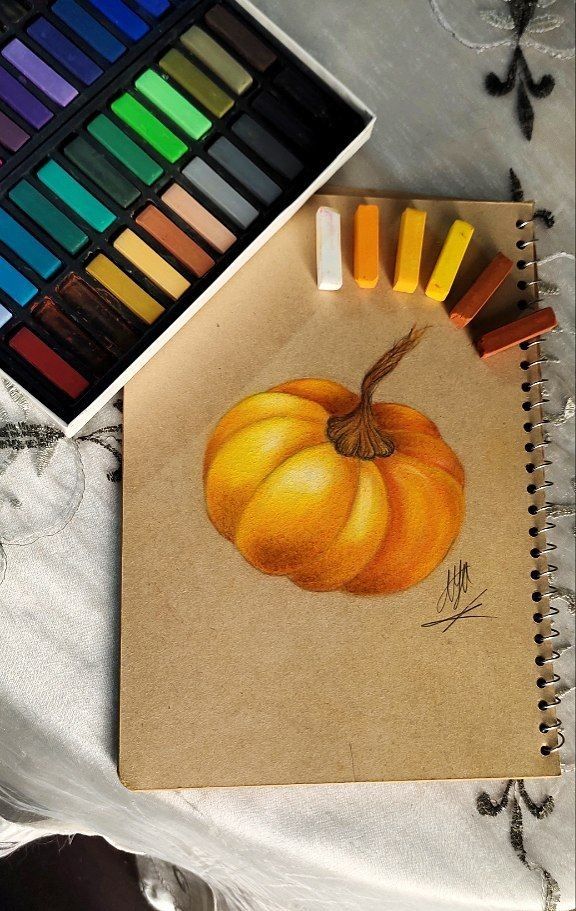
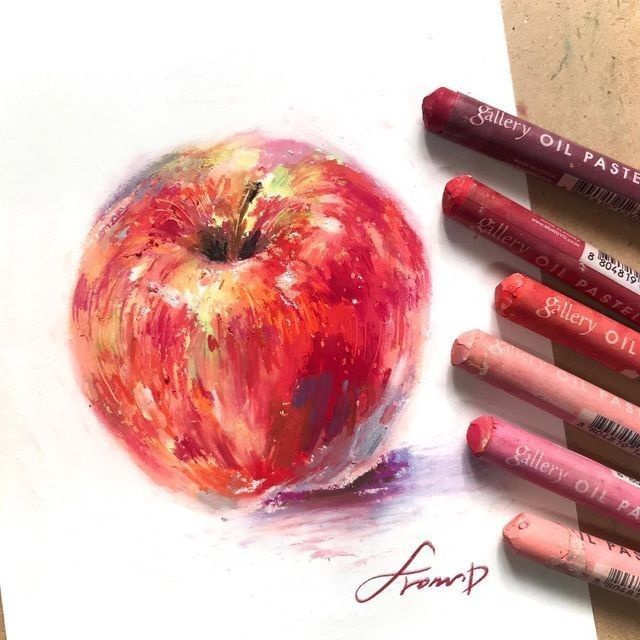
Core Techniques for Stunning Pastel Drawings
Effective pastel drawing relies on a handful of foundational techniques. By using proper blending, layering, texture, and drawing skills, you can make your pastel artwork more vibrant, dimensional, and professional.
Blending for Smooth Transitions
Blending is essential for creating smooth changes in color and value. Use your finger, a blending stump, or a soft brush to gently mix colors where they meet. This softens hard lines and helps you achieve realistic shadows and highlights.
Apply light pressure when blending to avoid muddying the colors. For delicate areas like skin tones or skies, gradual blending produces natural results. Test blending on scrap paper first to see how colors interact.
Work from light to dark to retain vibrancy. Clean your blending tools often to prevent unwanted color transfer. In pastel painting, blending also helps unify background areas or suggest distant forms.
Layering for Depth
Layering is at the heart of building realistic depth and richness in pastel painting. Begin with broad, light layers as a base, then systematically add progressively darker or more vivid colors on top.
Let each layer sit lightly on the paper to avoid clogging the surface and preserving the tooth for additional layers. Use harder pastels or pastel pencils for the initial layers, then finish with softer pastels for bright accents.
Alternate between layering different hues and values. For example:
| Layer | Purpose |
|---|---|
| 1 | Base color and tone |
| 2 | Midtones and shadows |
| 3 | Highlights and detail |
Avoid pressing too hard, since overworking makes further layering difficult.
Texture and Effects
Pastels excel at creating a range of textural effects. Use the side of the pastel stick for broad, textured marks, or the tip for detailed strokes. Varying your pressure adds interest: light pressure creates a veil of color; more pressure gives bold coverage.
Experiment with tools such as toothbrushes, palette knives, or even sandpaper to add special effects. Scraping through layers with a palette knife (called sgraffito) can reveal underlying colors. For soft, matte textures like fur or clouds, use light circular motions with a blending tool.
Try different pastel papers and surfaces to see how tooth and grain change the look of textures and layering.
Mastering Drawing Techniques
A strong drawing foundation improves any pastel painting. Practice loosening your wrist for broad gestures and tightening up for crisp details. Sketch initial outlines lightly so they don’t show through final layers.
Use crosshatching, stippling, or scumbling for building value and precision, especially with harder pastels and pastel pencils. Pay careful attention to proportion, perspective, and composition before committing to color.
Sharpen pastels with a blade or sandpaper for fine lines. Rotate pastel sticks to expose a fresh edge when lines become too thick. Mastering these drawing techniques helps you accurately place shadows, highlights, and details for a more convincing and finished result.
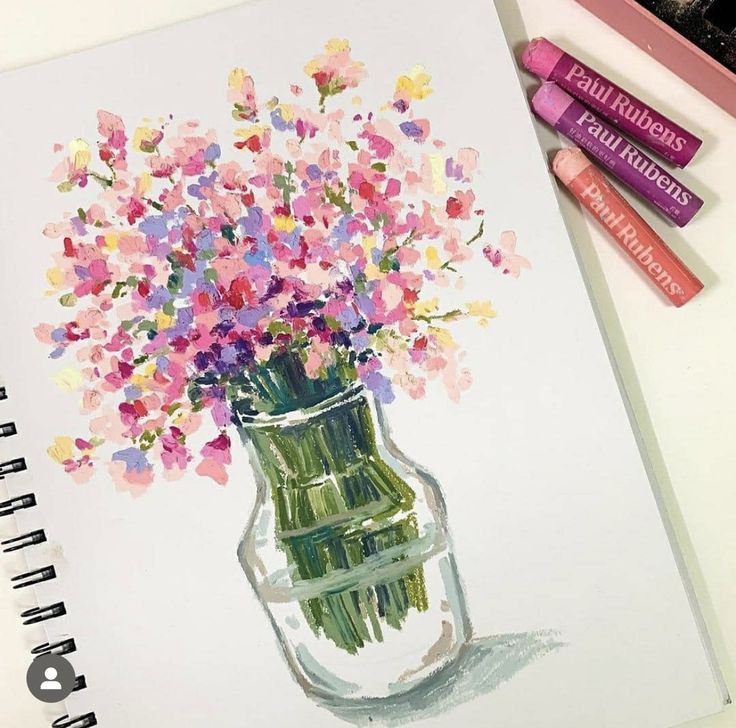
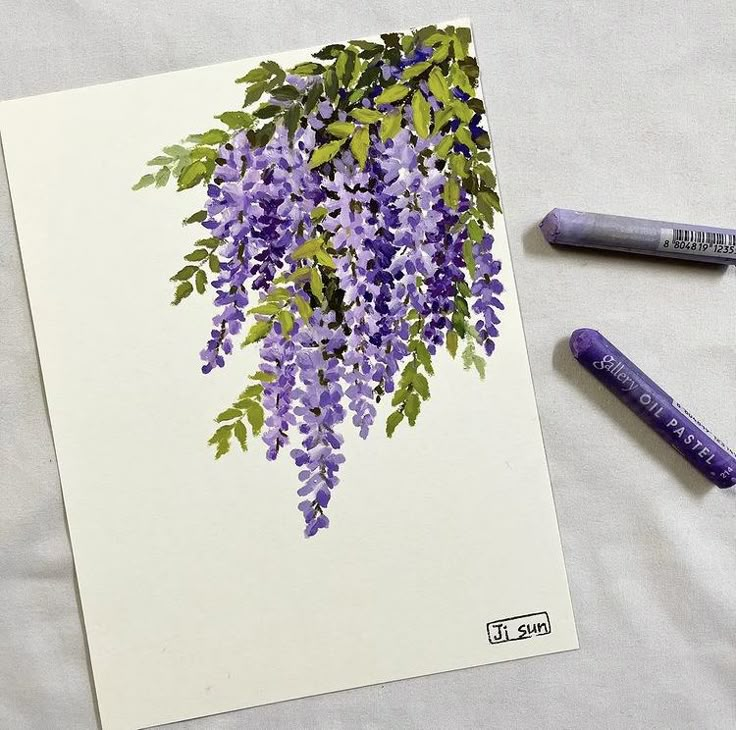
8 Pastel Drawing Themes and Inspiration
Pastel art stands out for its ability to balance vivid and subtle color combinations. With the right theme, you can use the medium’s unique textures and finishes to create both bold and gentle effects.
Vivid Still Life Compositions
A still life is ideal for experimenting with both vivid and dull pastel colors. Arrange objects with contrasting textures, such as shiny fruit, soft fabric, and ceramic vases. Use white, sand, and bold pastel hues like light blue or blush to create a balance between highlights and shadows.
Layering techniques can help you play with opacity, allowing certain objects to appear brighter while others are quieter in tone. Consider working on colored paper to add depth to the scene. Incorporate fine details by using harder pastels, reserving softer sticks for blending in the background.
Try this approach to make fruit slices or everyday objects look rich—with saturated colors reflecting vivid energy, while pale cream or off-white tones control bright spots and edges.
Pastel Landscapes and Nature Scenes
Pastel landscapes offer a broad palette to capture fields, mountains, beaches, and skies. Emphasize atmospheric perspective by blending dull greens and sand hues for distant hills, then shift to vivid aquas or light lavender for nearby flowers.
A sunset scene benefits from bright yellow, orange, and white for the sun and clouds, while more muted pastels create depth in the earth and foliage. Layering colors and using horizontal strokes can mimic wind movement or water reflections.
Capture texture and light by using varied strokes—short for grass, soft for sky, and sharp for tree trunks. Don’t overlook neutral tones such as very light blue or beige, which can soften transitions and create balance throughout your landscape.
Expressive Animal Portraits
Animal portraits in pastels highlight fur, feathers, and skin tones with exceptional vibrancy. Start with a light sketch, then build up the main forms using a blend of vivid tones—like strong blues for shadows and warm pinks for highlights.
Pick white or off-white pastel sticks for whiskers, reflections in eyes, or subtle highlights along fur edges. Use sand or cream for underpainting lighter areas, bringing depth and softness to delicate textures.
By varying your pressure, you can emphasize the animal’s expression. Try blending layers with your fingers or blending tools to achieve a realistic finish. Focus on key features, such as the glint in the eye or the flow of fur, to give your portrait energy and life.
Captivating Human Portraits
When drawing human subjects, pastels provide a wide range of skin tones and hair colors. Begin with base layers using sand and cream, then add reds, pinks, and clean blues for undertones or blush areas.
Accentuate highlights with white and light peach for cheekbones, noses, and foreheads. Use duller tones to create shadow and depth around eyes, under the chin, and along hairlines. Pay particular attention to transitions between vivid and muted sections—these bring realism to the portrait.
Soft blending helps to create smooth transitions on skin, while sharper lines can define facial features and strands of hair. Build up color gradually for a natural finish, working from broad areas to finer details. Using both vivid and subtle pastel colors gives portraits a lifelike and dynamic quality.
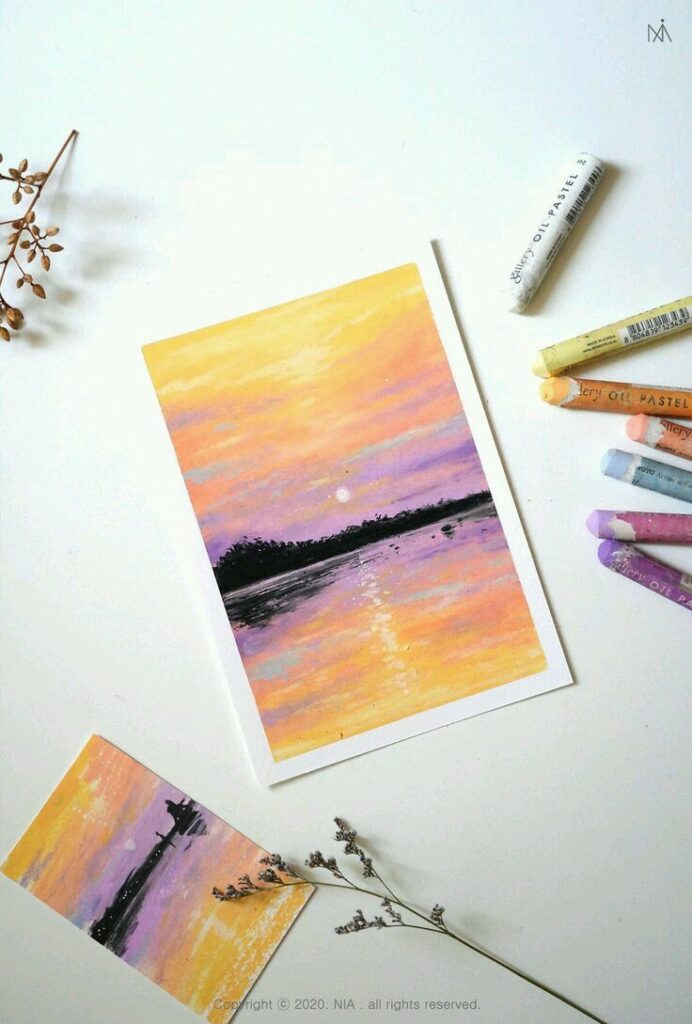
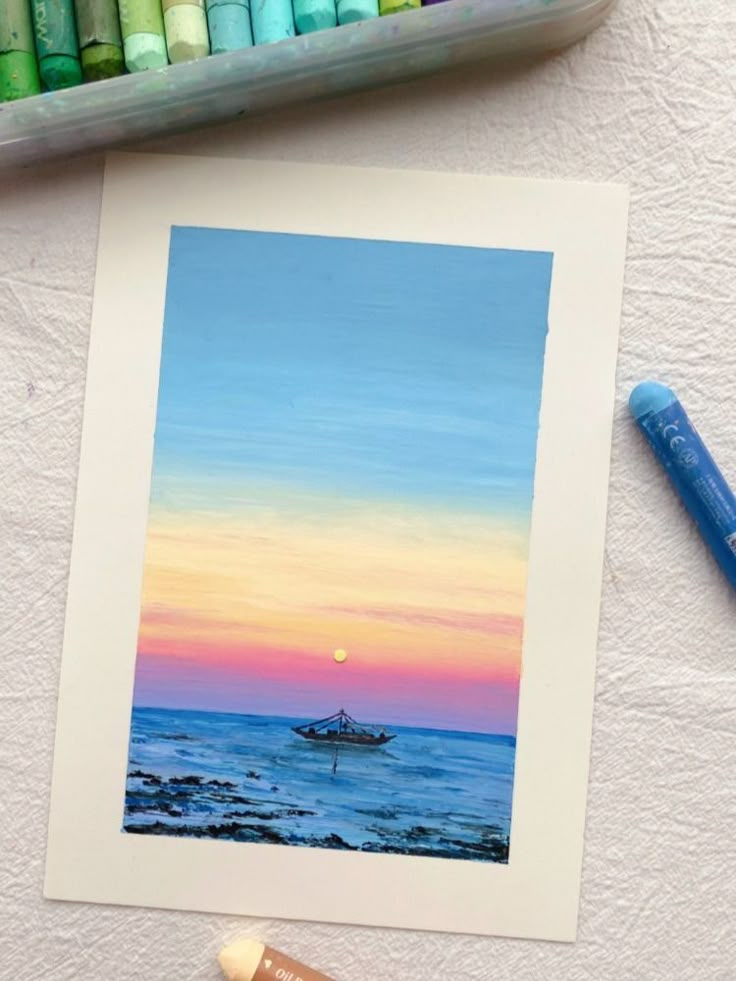
Expanding Creativity with Unique Pastel Themes
Pastel art gives you a chance to work with subtle shades and bold strokes to develop imaginative work. By choosing specific themes like abstract compositions, urban environments, or cosmic scenes, you can push your pastel drawing practice further and explore new creative territory.
Imaginative Abstract Designs
Abstract pastel drawing lets you focus on shapes, lines, and colors to express mood or movement instead of depicting objects from real life. With soft pastels, you can build up layers, smudge edges, or create sharp transitions for contrast.
Experiment with color palettes—try using complementary or analogous colors to create harmony or tension. Varying the pressure applied with your soft pastels can also add interest to flat or textured areas.
Practice with geometric forms, flowing patterns, or fragmented elements. Abstract art using pastels often invites you to step away from rules and focus on the visual impact, making it a great way to expand your artistic style.
Cityscapes and Urban Life
Capturing cityscapes in pastel art expands your ability to handle perspective, structure, and light. Urban environments offer you a range of subjects, from detailed architecture to lively street scenes.
Use soft pastels for rendering light and shadow on buildings, reflections on glass, or the warmth of artificial lighting at night. Smudging and blending techniques can help show depth and atmosphere, especially in crowded scenes.
Try focusing on specific city details, like pavement textures, street signs, or bustling market scenes. A varied pastel palette, including deep shadows and vivid accents, helps in creating engaging and believable urban artwork.
Celestial and Solar System Art
Depicting the solar system and cosmic scenes in pastel drawing provides an opportunity to use soft pastels’ blending strengths. You can produce luminous atmospheres, gradients, and glowing effects that suit stars, planets, and nebulae.
Layering techniques let you build up areas of color for planets or create a star-speckled sky using soft touches and erasing tools. Try exploring color transitions found in real images, like blue earth shadows or the radiant hues of nebulae.
Consider creating a series that explores the moon’s phases or the vivid rings of Saturn. With attention to light and texture, celestial art offers a unique way to combine science and imagination in your pastel work.
- 1.0Kshares
- Facebook0
- Pinterest1.0K
- Twitter0
- Reddit0

